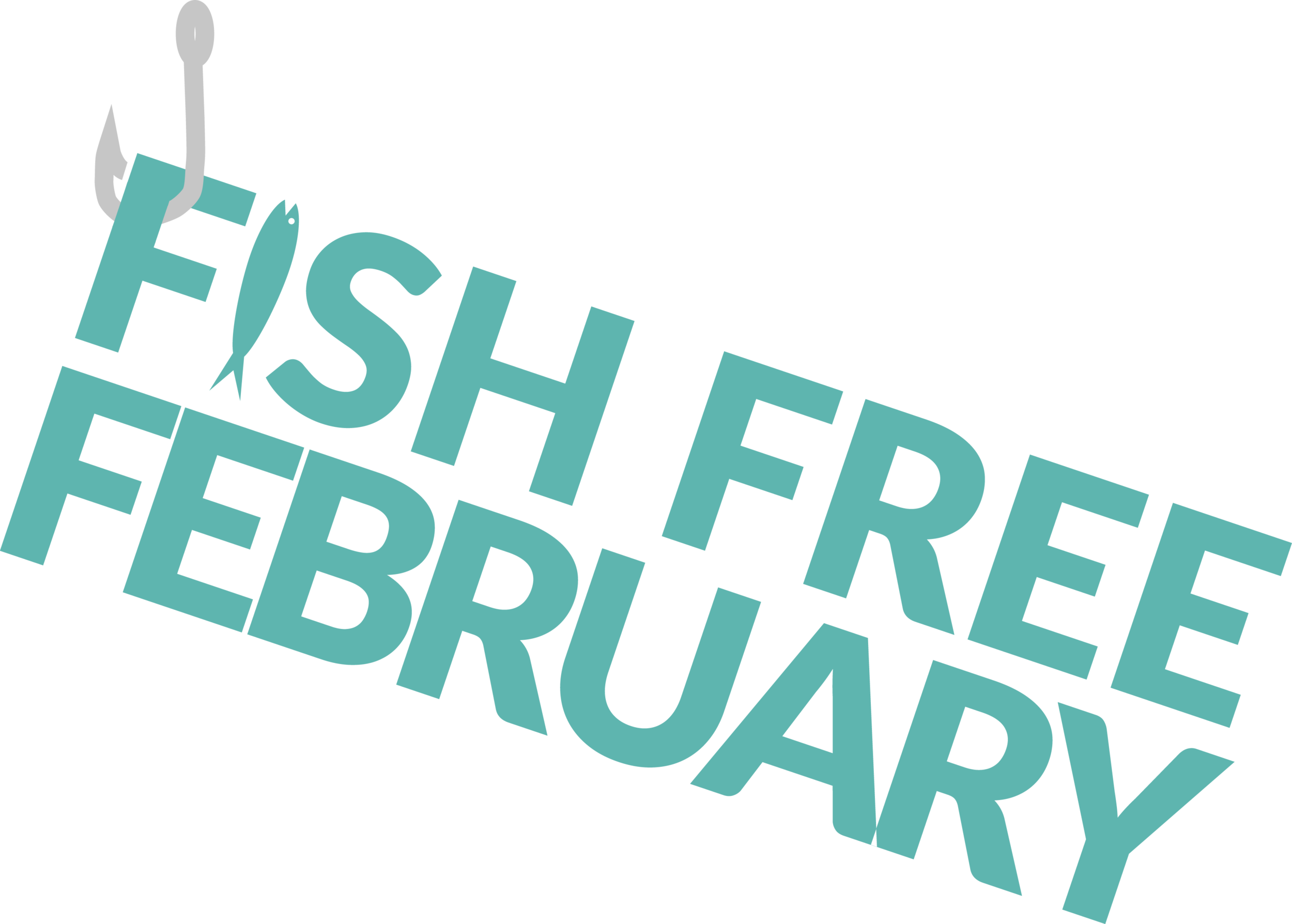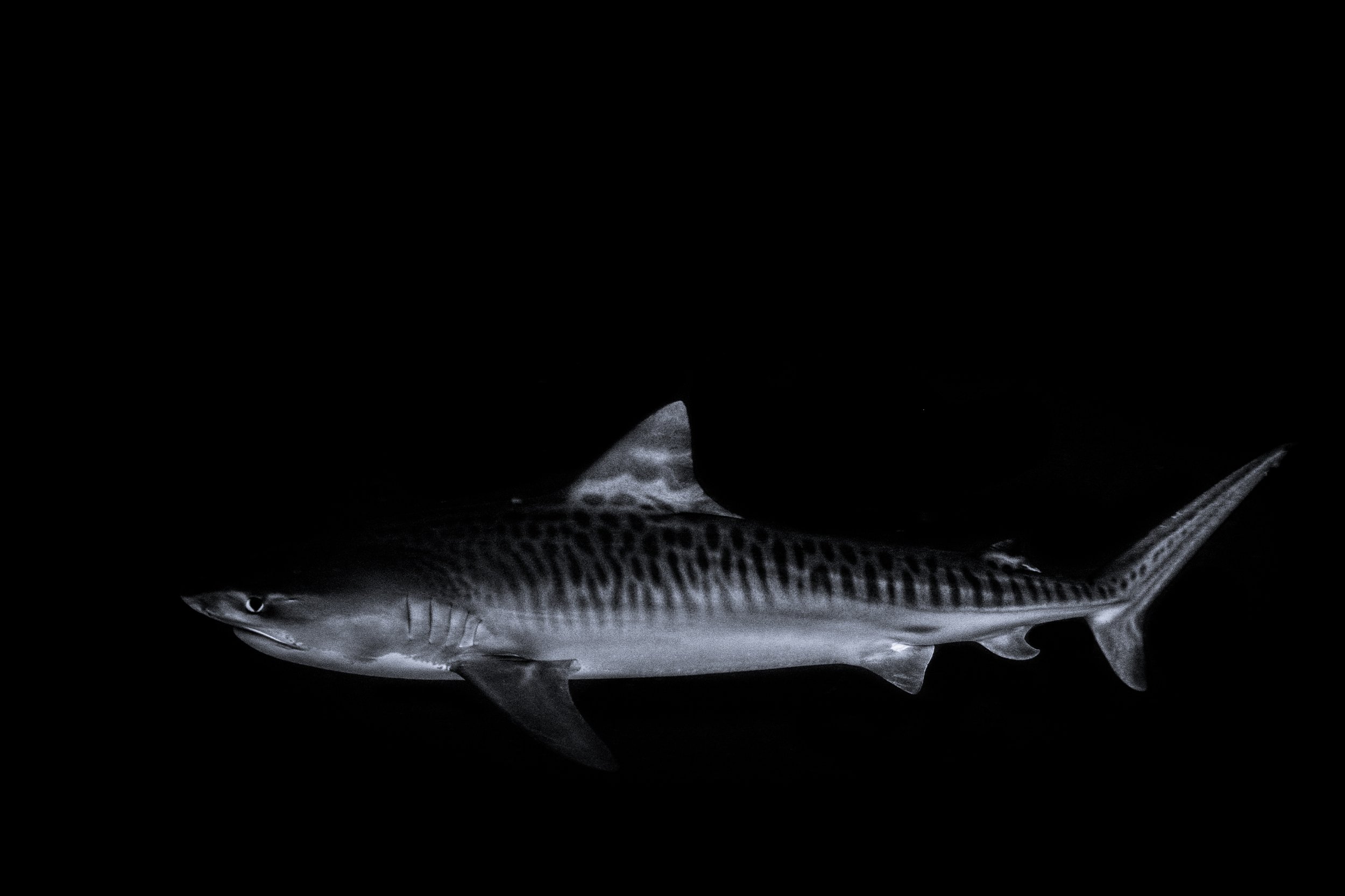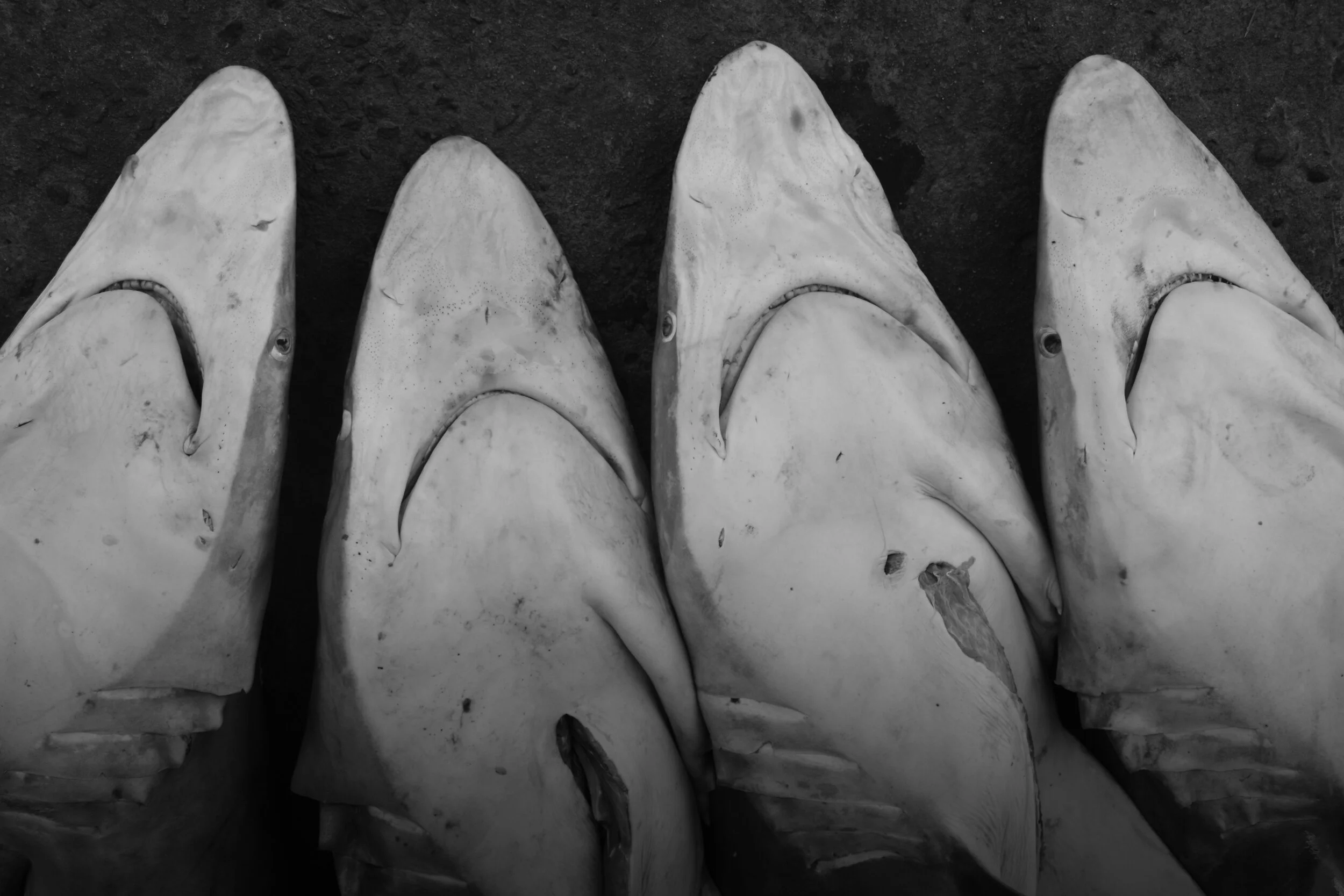OVERFISHING
Fishing began as small scale operations with rods or pole and line, and has developed and grown using ever more sophisticated technology. Now, dynamite, long lines, trawlers, gill nets, drift nets, super trawlers, electric pulse nets, and fish farms are catching alarming quantities and decimating wild stocks worldwide.
Fishermen are having to move further and further offshore, fish deeper and deeper waters, catching smaller and smaller fish, and change target species as each becomes increasingly hard to find.
An estimated 1-2.7 trillion fish are caught each year for human consumption, but this doesn’t include illegal fisheries, bycatch, discarded fish, fish caught to be used as feed or bait, or fish killed but not caught. Compare these numbers to the 3 billion mammals, and 57 billion birds killed for the same cause, and one thing is clear…
…there aren’t plenty more fish in the sea!
It’s simple, there are just too many people eating too much seafood. If we are catching fish at a faster rate than they can reproduce and repopulate, fish stocks will collapse.
Calculations from the UN Food and Agriculture Organisation estimate that 90% of global fish stocks are fished to their maximum or overfished. That leaves just 10% of fish stocks that are under-fished.






